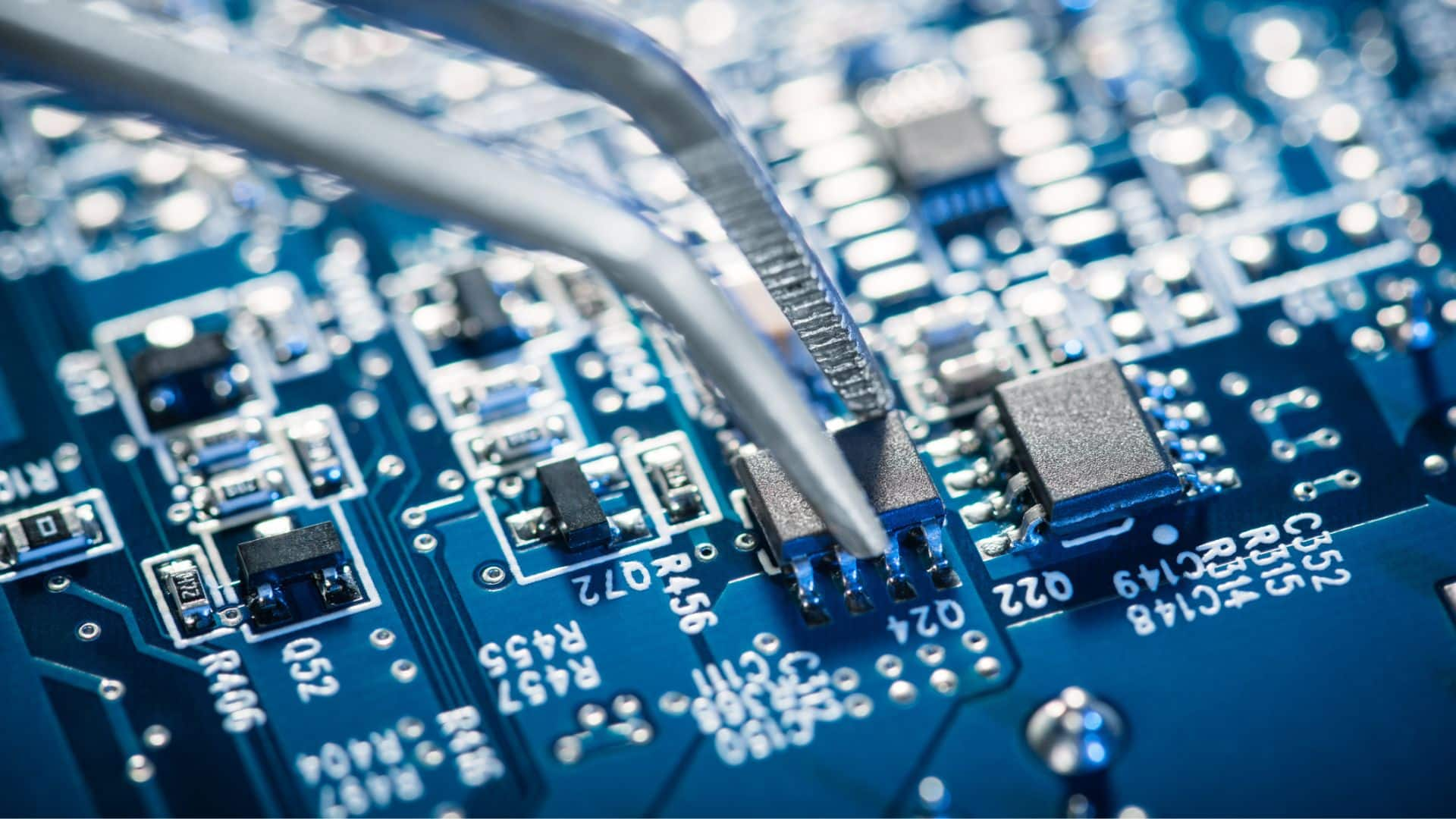
MIT's new ultrathin transistor could revolutionize the electronics industry
What's the story
Physicists at MIT have developed a revolutionary transistor using a ferroelectric material, potentially transforming the electronics industry. The ultrathin material, separates positive and negative charges into different layers. Led by professors Pablo Jarillo-Herrero and Raymond Ashoori, the team showed that their transistor surpasses current industry standards in key areas. "This is one of the first, and perhaps most dramatic, examples of how very basic science has led to something that could have a major impact on applications," said Jarillo-Herrero.
Performance highlights
Unique capabilities and durability
The transistor stands out with its ability to switch between positive and negative charges at nanosecond speeds. This switching is crucial for high-performance computing and data processing. Additionally, the transistor showed no signs of degradation after 100 billion switches. The transistor could also allow for denser computer memory storage and more energy-efficient transistors. "We made the material, and together with Ray and [co-first author] Evan [Zalys-Geller], we measured its characteristics in detail," said Kenji Yasuda, co-first author of the study.
Underlying mechanism
The science behind the revolutionary transistor
The ferroelectric material at the heart of the latest transistor is stacked in a parallel configuration. It is an arrangement that does not occur naturally. When an electric field is applied to this configuration, the layers slightly slide over each other, and change the positions of boron and nitrogen atoms. This movement dramatically changes the material's electronic properties.
Road ahead
Challenges and future prospects
Before this technology can be adopted, several challenges need to be addressed. "We made a single transistor as a demonstration. If people could grow these materials on the wafer scale, we could create many, many more," explained Yasuda. The team is also exploring alternative methods to trigger ferroelectricity and testing the material's switching capabilities. However, the conventional manufacturing method for these new ferroelectrics is complex and not suitable for mass manufacturing.